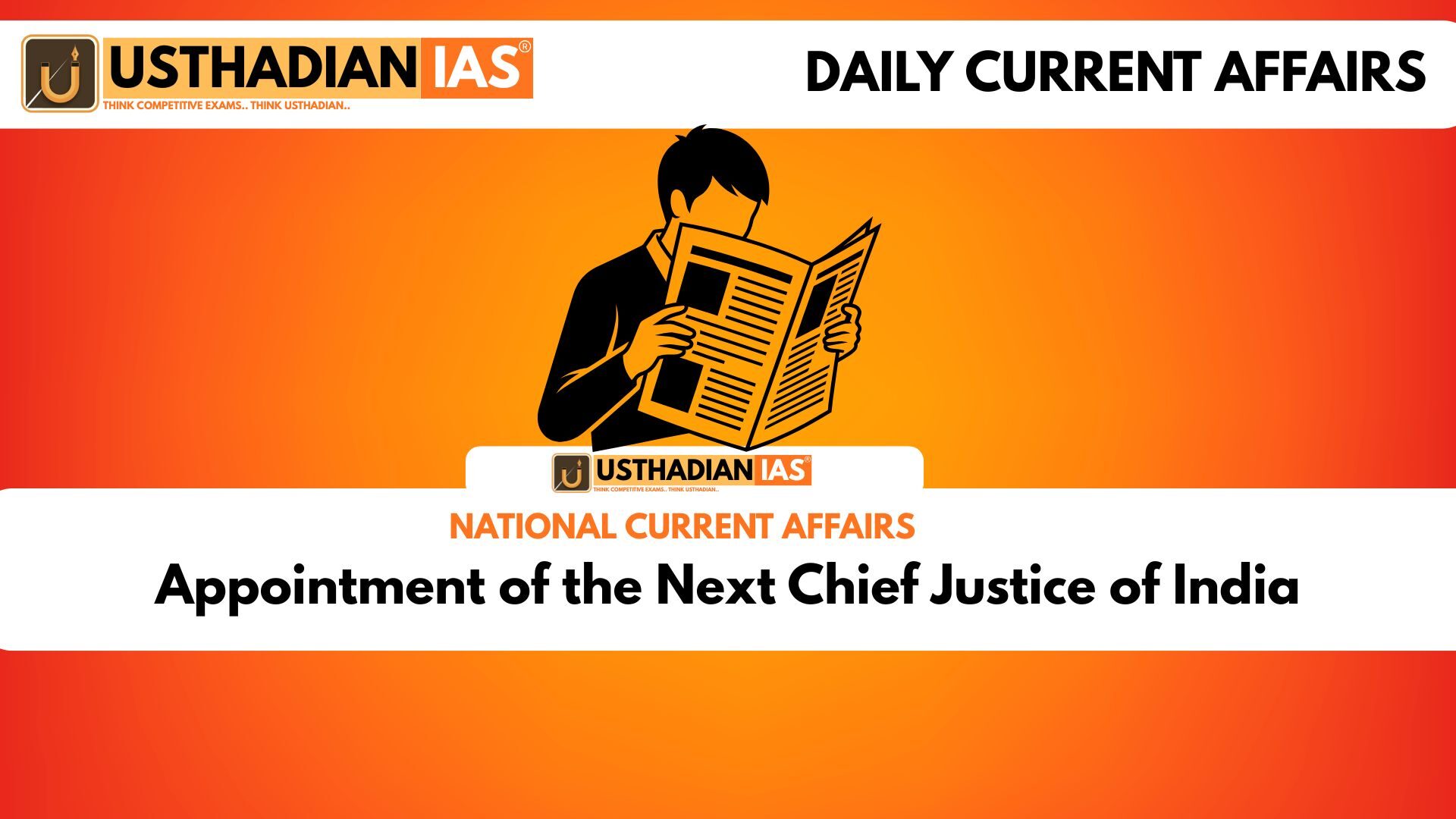Appointment of the Chief Justice of India
Appointment of the Next Chief Justice of India: The appointment of the Chief Justice of India (CJI) follows a well-established convention rooted in the Memorandum of Procedure (MoP) and Article 124(2) of the Constitution. The Union Government initiates the process by requesting the current CJI to recommend a successor, typically one month before retirement.
The seniority principle is generally followed, where the senior-most judge of the Supreme Court is elevated as the CJI. The incumbent CJI formally recommends the next in line to the Ministry of Law and Justice. After obtaining the Prime Minister’s approval, the President of India issues the official warrant of appointment.
Static GK fact: The office of the Chief Justice of India was established on January 26, 1950, and the first CJI was Justice H.J. Kania.
Appointment of Other Supreme Court Judges
Apart from the CJI, other Supreme Court judges are appointed by the President, based on the recommendations of the Collegium System, which comprises the CJI and four senior-most judges of the Supreme Court. This practice evolved through the Three Judges Cases (1981, 1993, and 1998), which collectively redefined the process of judicial appointments.
Similarly, High Court judges are appointed under Article 217, where the Collegium includes the CJI and two senior-most Supreme Court judges. The Collegium’s recommendations are sent to the Law Ministry, then to the Prime Minister, and finally approved by the President.
Static GK Tip: The sanctioned strength of the Supreme Court is 34 judges, including the CJI.
Concerns Surrounding the Collegium System
Critics argue that the Collegium System lacks transparency and accountability. The deliberations remain confidential, and the reasoning behind selections or rejections is rarely disclosed. Moreover, there is no formal review mechanism, leading to perceptions of internal bias or lack of checks and balances.
Another concern lies in the limited role of the executive, as the final decision rests predominantly with the judiciary, raising debates over the separation of powers and institutional balance.
NJAC and the 99th Constitutional Amendment
To address these issues, Parliament enacted the 99th Constitutional Amendment and the National Judicial Appointments Commission (NJAC) Act in 2014. The NJAC aimed to include members from both the judiciary and executive to ensure broader participation in appointments.
However, in 2015, the Supreme Court struck down the NJAC as unconstitutional in the Fourth Judges Case, reinstating the Collegium System as part of the basic structure doctrine. This landmark decision reaffirmed judicial independence as a cornerstone of India’s democracy.
Static GK fact: The NJAC was proposed to consist of the CJI, two senior-most judges, the Law Minister, and two eminent persons.
Static Usthadian Current Affairs Table
Appointment of the Next Chief Justice of India:
| Topic | Detail |
| Constitutional Article for SC appointments | Article 124(2) |
| Authority appointing CJI and SC judges | President of India |
| Conventional basis for CJI selection | Seniority principle |
| Key advisory body | Collegium System |
| Collegium composition | CJI + 4 senior-most SC judges |
| Origin of Collegium System | Three Judges Cases (1981, 1993, 1998) |
| NJAC Act and 99th Amendment | Passed in 2014, struck down in 2015 |
| First Chief Justice of India | Justice H.J. Kania |
| Strength of Supreme Court | 34 judges including CJI |
| Principle upheld in 4th Judges Case | Judicial independence as part of basic structure |








